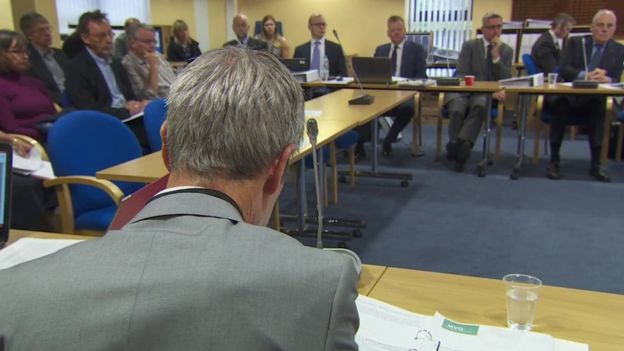

5 Ways to Increase the Value of Your Consultation Data
Do you put a value on your stakeholder and consultation data? If not, why not? You are investing time and resources into collecting that data, perhaps you’ve also invested in a stakeholder management system. Taking a return on investment view of your stakeholder and consultation data will help you make better decisions on what data to capture, and how to capture and make best use of it.
The graph below illustrates the time value of data when taking into account it’s quality (as measured by consistency, accuracy, completeness, re-usability and more).


Here are five ways in which you can increase the value of your stakeholder data:
1. Balance short term needs with long term value
If you’re collecting data in ad-hoc, project-by-project basis, chances are that you are doing it purely with a short-term “this project only” focus. Perhaps it is being done by consultants on your behalf and they are using a structure and system that best suits their needs to deliver the engagement process, with no thought to the long term value in the data that is being captured. Too often there isn’t even a data transfer to the client at the end of the project. Or the quality of data that is handed over is virtually un-usable and simply treated as something to be archived. All that investment, and no ongoing return from it.
The long term value objective for stakeholder data should be closely aligned with the overall goals and objectives of the organisation, as well as with the individual project. What does the organisation need to report on its engagement activities across all operations? Shouldn’t that information be captured (and reported on) by all projects? When this long term objective is taken into consideration, the emphasis on what is important and how data is captured changes significantly.
2. Record consultation data in a way that makes it easily reusable
Common terminology, standardised fields, a clear data structure…all of these make data easily re-useable as well as saving time at the start of each new community engagement process. Each process starts with a standardised data structure (with fields the organisation wants to capture and report on across all their operations). All that needs to be done is make some adjustments to that standard structure – perhaps add in some additional fields that are specific to that particular consultation. Don’t use a hundred different words for ‘snow’, use one word with a clear definition. Clearly defined data management principles and protocols will ensure that standards are maintained from team to team and project to project.
3. Make sure stakeholder data is complete and accurate
A fairly obvious requirement, isn’t it? But how you achieve that completeness and accuracy across multiple teams/projects/operations, over a long term, can be rather challenging. This is where a good stakeholder management system can really help. If the data structure is set up properly, with a long term objective in mind, keeping records up-to-date is relatively simple. Updates are shared across the organisation, so at any time the list of stakeholders that is available for any team/project to use, is the most complete and up-to-date. You don’t have to ask around for individual team member’s spreadsheet and try and figure out which one is the most up-to-date. Getting an accurate list of stakeholders is one of the major sources of frustration and time wasting in many organisations.
Each stakeholder engagement or public consultation process should be seen as a process that contributes to the organisation’s knowledge base. Make this a part of your requirements of every new project – a data management plan that demonstrates how the project will use existing stakeholder data and update it for the project needs, in a way that the rest of the organisation benefits from the updates”. A simple way to establish more effective stakeholder management in your organisation.
4. Embed the use of your stakeholder data in your decisions
If your reporting and evaluation measures regularly utilize data from your consultation projects, you will quickly identify the gaps and areas for improvement in your data. (If you need some tips for good process and outcome related evaluation measures, do have a look at our free e-book on evaluating stakeholder engagement and consultation.)
5. Review and refine your data structure to make sure it’s always aligned with organisational goals
Schedule a regular review of your data structure, at least annually, to review how well it informs your evaluation and reporting requirements. Is it (still) aligned to the organisation’s goals and KPIs? How well have the various teams/projects made use of the structure, refined and improved it? Or if they have not been using it, it’s a good opportunity to explore the reasons for that – was it not sufficiently flexible enough to be adapted for use on individual projects while still retaining it’s core objectives? Was it a lack of understanding or training of staff that resulted in it not being used? This annual review provides an excellent opportunity to reflect on what the organisation has achieved and is yet to do to achieve a consistent, high quality stakeholder engagement process across all it’s operations.
Tip:
If you are trying to decide what stakeholder data management tool would best suit your needs, do have a look at the flowchart in our blog post: Selecting the right consultation management tool

